
How to control sebum production on face: Our top tips
The human body has its own way of protecting every organ. When it comes to the skin, our body produces a natural substance called sebum. This oily or waxy secretion can provide natural hydration to the skin. But when sebum production becomes higher than usual, you start noticing acne breakouts. Do you know how to balance the secretion of this substance in the body? Delve deeper into this skincare guide to find answers.
What is sebum production?
The intricate process of sebum production is still not fully understood by scientists. But it is known that the main purpose of the chemical is to safeguard the skin and hair from losing moisture. Some researchers also suggest that sebum might have antimicrobial or antioxidant properties. It is also possible that sebum plays a role in releasing pheromones.
What are some causes of excess sebum production?
Some reasons behind the high production of sebum include:
Hormones
Androgens influence the amount of oil your skin produces. High levels of androgens, such as testosterone, are made in the adrenal glands, ovaries, and testes. The brain's pituitary gland controls these glands. The pituitary gland regulates your body's hormonal system.
Progesterone, a female sex hormone, influences sebum production. It deactivates the enzyme 5 alpha-reductase, which usually triggers excess secretion of oils. Logically, high progesterone levels should reduce sebum production. But research shows the opposite effect. Elevated progesterone levels lead to increased sebum output. The exact reason for this needs further investigation.
Age
In the womb, sebaceous glands make a protective layer called vernix caseosa, which moisturises the baby's skin. After birth, sebum production increases for the first few months and then decreases until puberty. During puberty, sebum production increases again, especially in males, leading to oily skin and acne.
Also Read: Understanding Sebum: What is it and How Does it Affect Your Skin?
Other causes
Hormonal medications are often a reason behind excess sebum production. Parkinson's disease can also increase the secretion of this ingredient in the body.
How do you control sebum production on the face?
You can take the following measures to tackle this issue:
Wash your face
Cleansing your face with something gentle will control oil production and maintain your skin's pH level. The Clearing & Calming Acne Face Wash is perfect for getting rid of impurities and enjoying a fresh look. As this product can remove dirt and bacteria, your pores will remain clear and prevent breakouts. This face wash can also remove dead cells to improve the texture of your skin.
Moisturise adequately
Do you know that your skin often produces excess oil to cope up with dryness? So, one efficient method of optimal sebum control is proper hydration. At the same time, you need to ensure that you aren't using a heavy moisturiser that can end up clogging your pores.
The Acne Care & Healing Gel Moisturiser is the perfect product for fulfilling the hydration needs of your skin while controlling sebum production. It is a non-sticky formulation that absorbs quickly into your skin and contains ingredients like 99% pure grade niacinamide and tea tree extract that help in regulating oil production on your face.
Use Niacinamide
Anyone wondering how to control sebum production on face should understand which specific ingredients can help them. Since niacinamide is a variant of vitamin B3, it will prevent excessive secretion of oils. Are you trying to find the right skincare product with this potent ingredient?
If so, you should choose the Super Clarifying 12% Niacinamide Face Serum. By regulating sebum production, this product can clear your skin and even out your tone. This serum can also minimise the visibility of open pores and prevent the frequency of acne and blemishes.
Also Read: Niacinamide Uses for Your Skin and How to Use it
Make dietary changes
If your diet is full of high glycemic items, you will experience an increased secretion of sebum along with inflammation. To alter this effect, you will have to load up on items like fresh fruits and veggies. You should also consume pulses, whole grains, and legumes to keep your sebum levels in check.
Bring stress under control
You will have to balance your stress hormones to optimise sebum production. Cortisol is directly linked to making your glands secrete more oils. So, try yoga and meditation to say goodbye to stress. You should also get enough sleep and cut down on nicotine and alcohol.
Get rid of makeup
At the end of the day, you might be too tired to wipe off the layers of makeup from your face. But you might not realise that falling asleep like that is one of the worst things that you can do to your skin. You will have to wipe off the makeup and sleep with a fresh face to let your skin breathe.
Conclusion
Bringing your sebum levels in check is necessary to leave behind stubborn acne breakouts. With the right skincare products and a little bit of modification in your lifestyle, you will be able to make your glands produce just the right amount of this oily substance. So, keep sebum production in check and roam around with flawless skin.
FAQs:
1. Can moisturiser increase sebum production?
If you use a heavy moisturiser, it will make your skin feel greasy and clog the pores. So, your aim should be to find a lightweight moisturiser that will offer adequate hydration without blocking the pores.
2. Should I exfoliate my skin to control sebum production?
Exfoliating from time to time can help you control your sebum level. But don't overdo it to avoid drying out your skin.


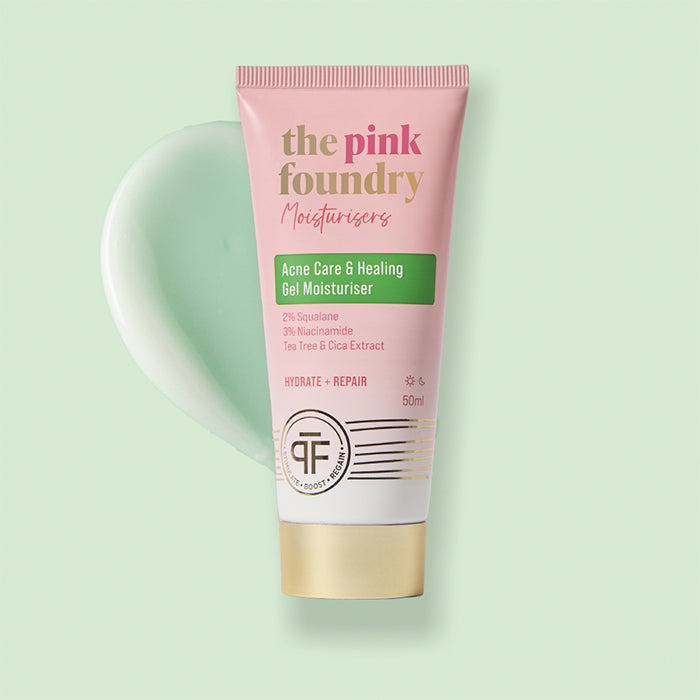
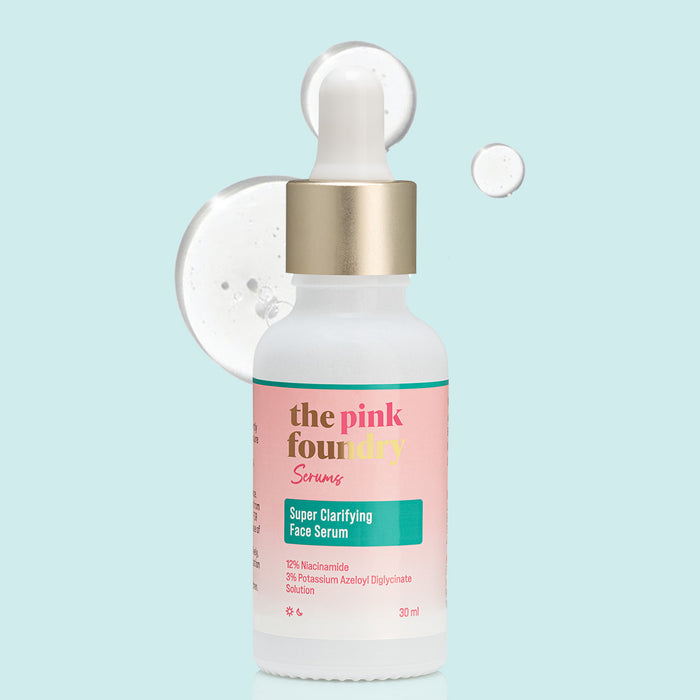



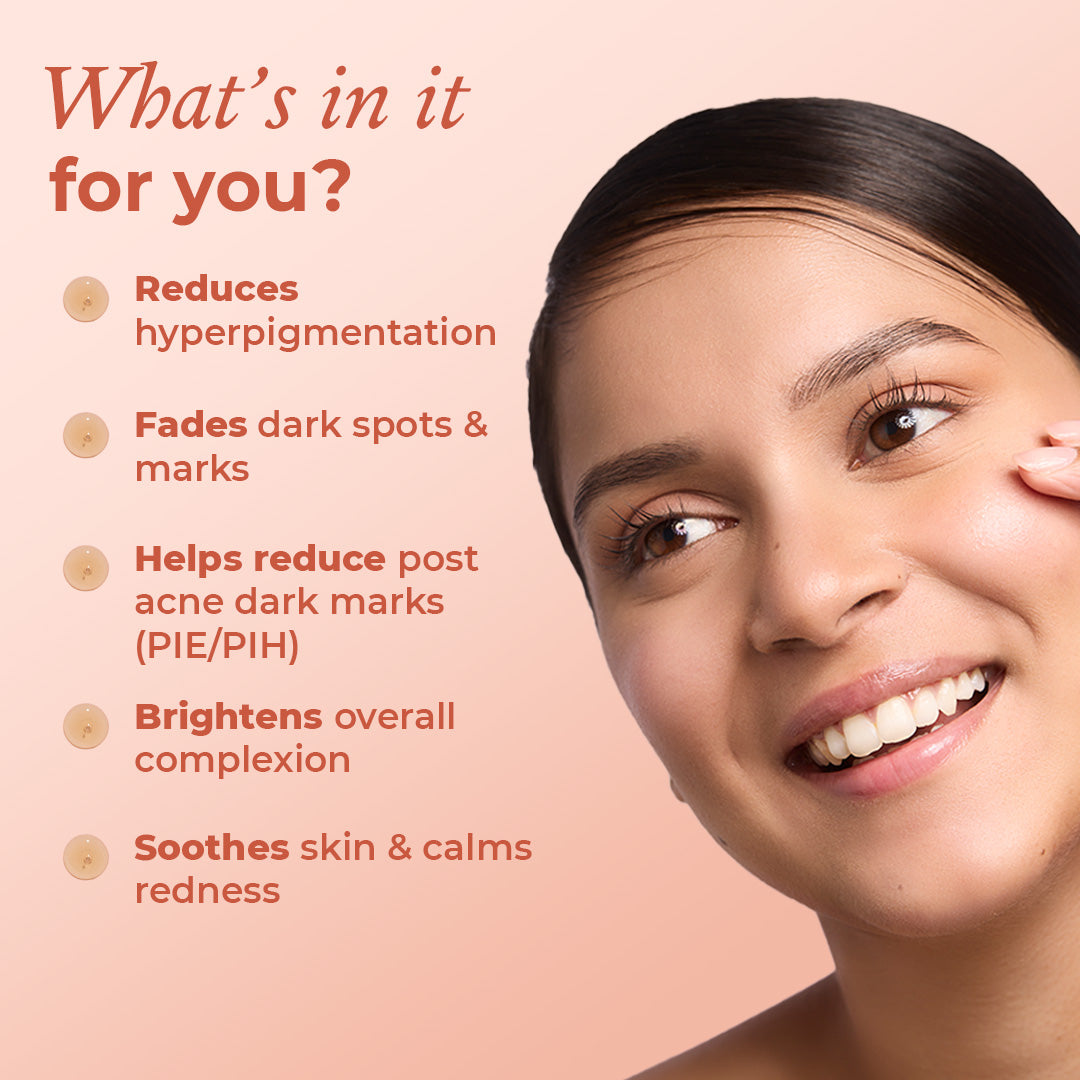

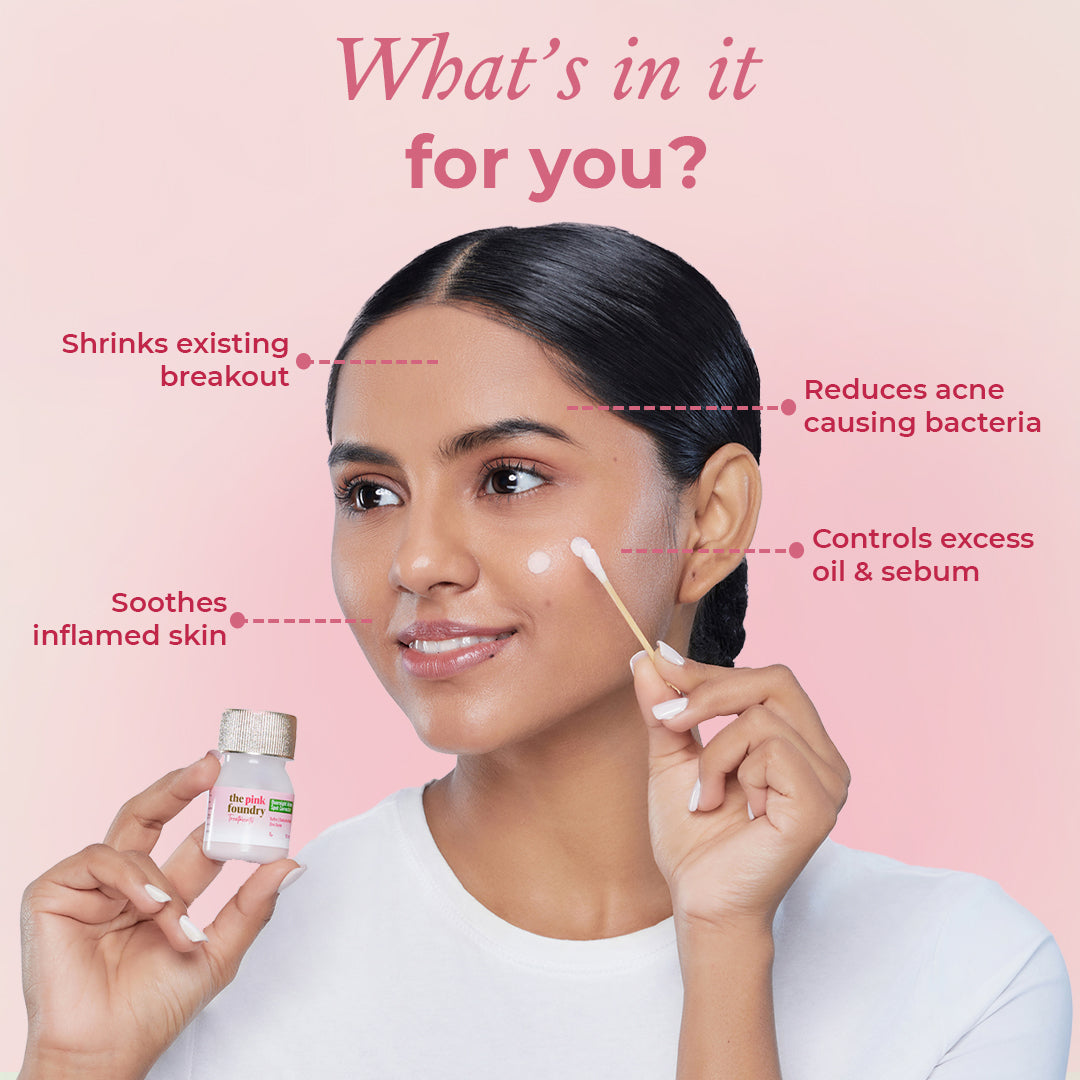
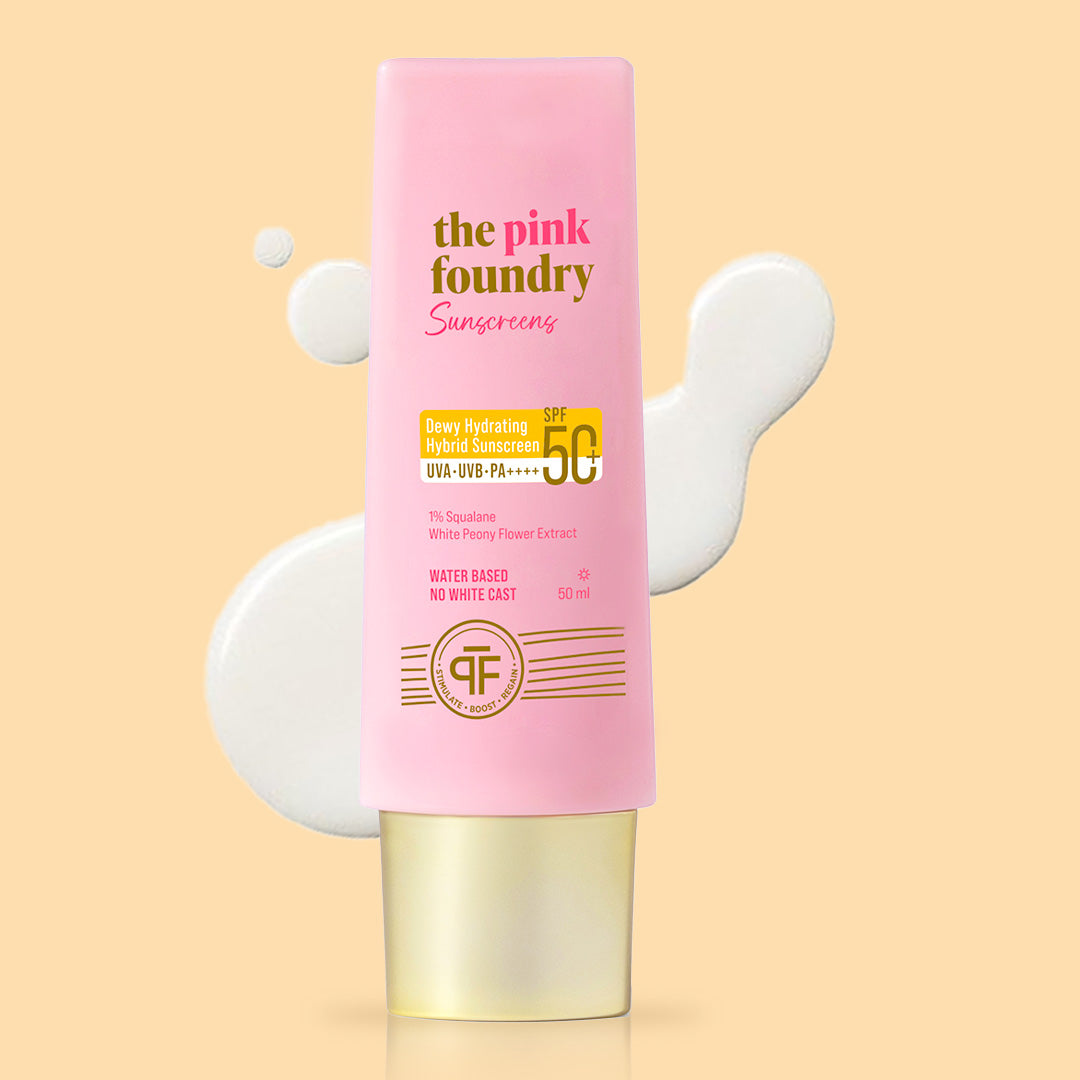
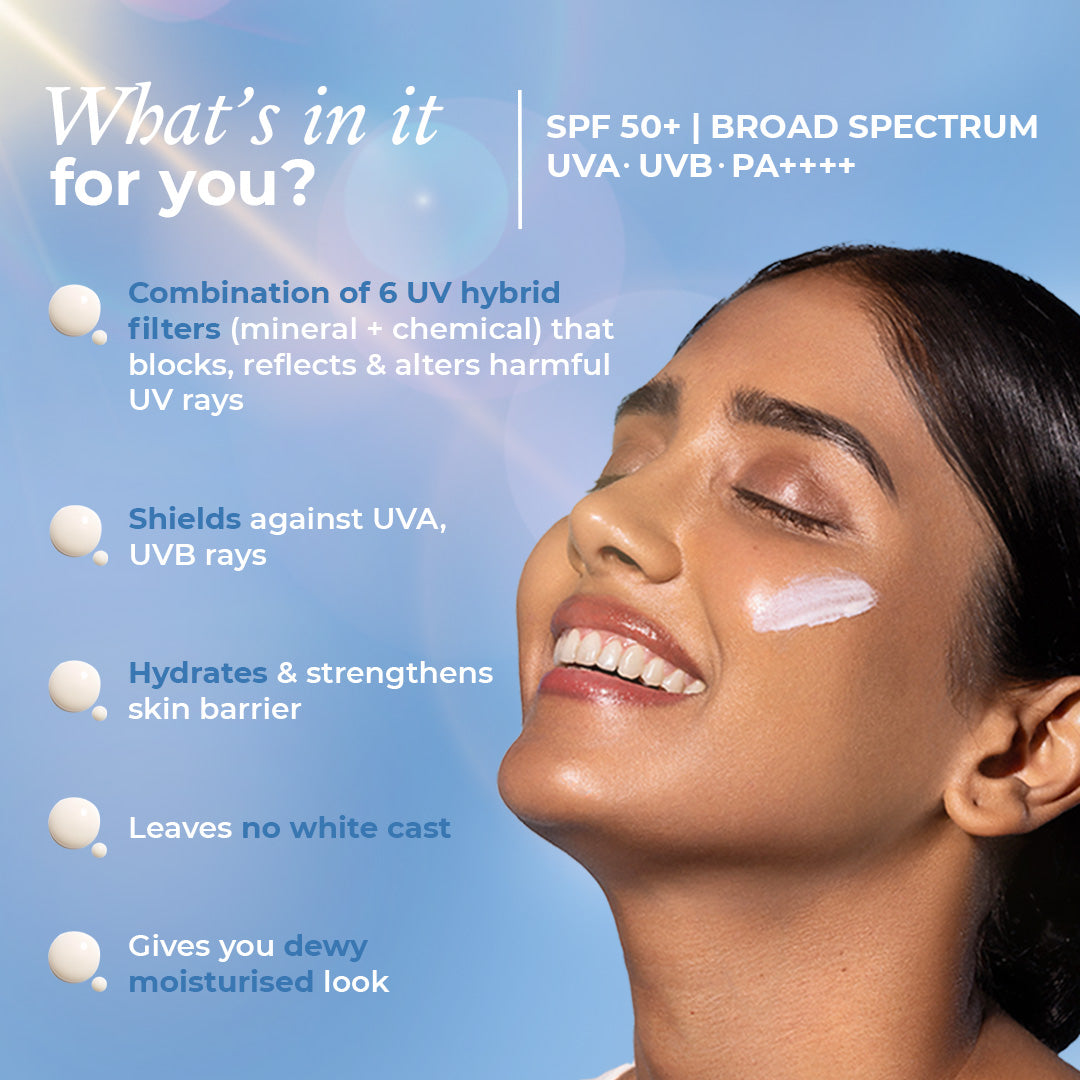
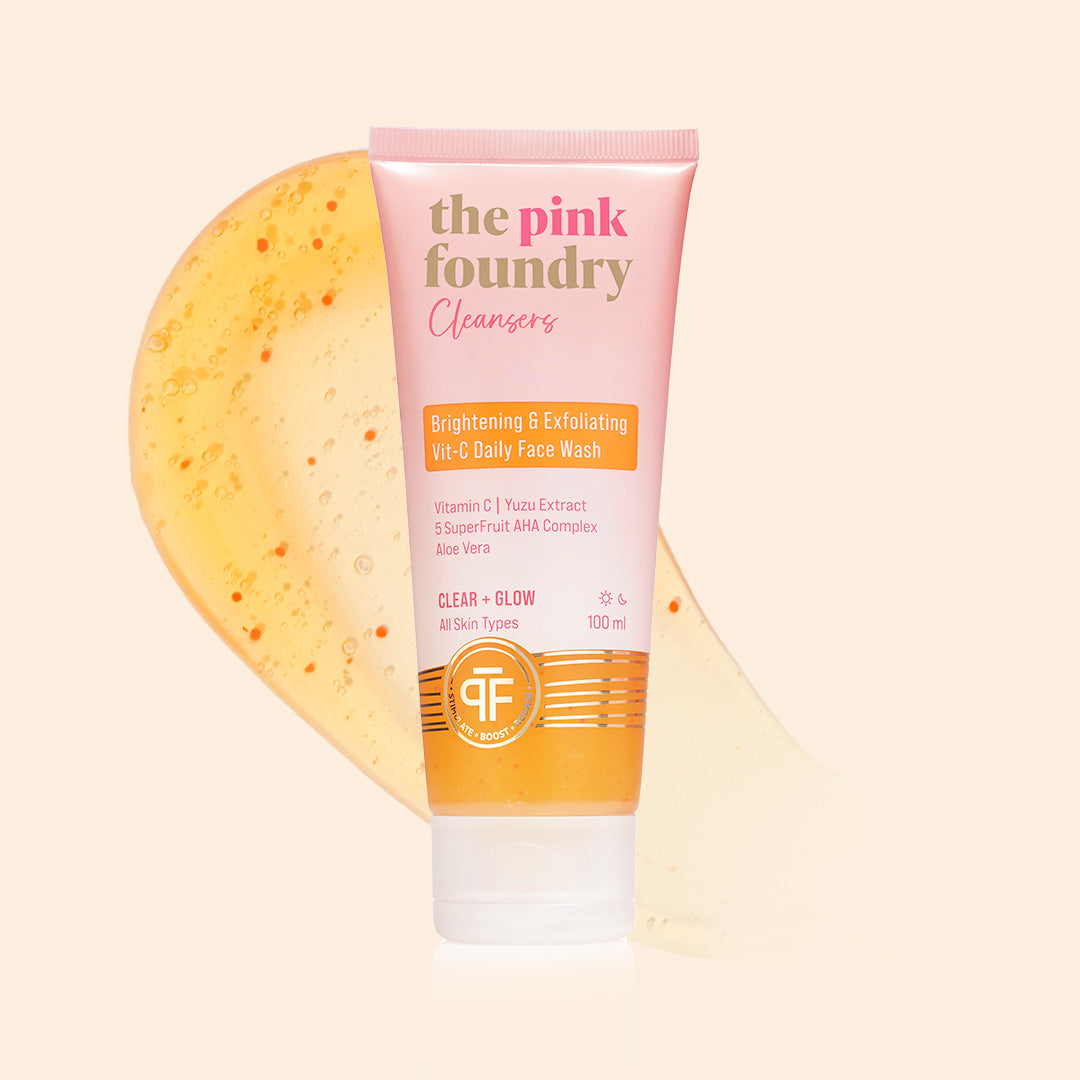
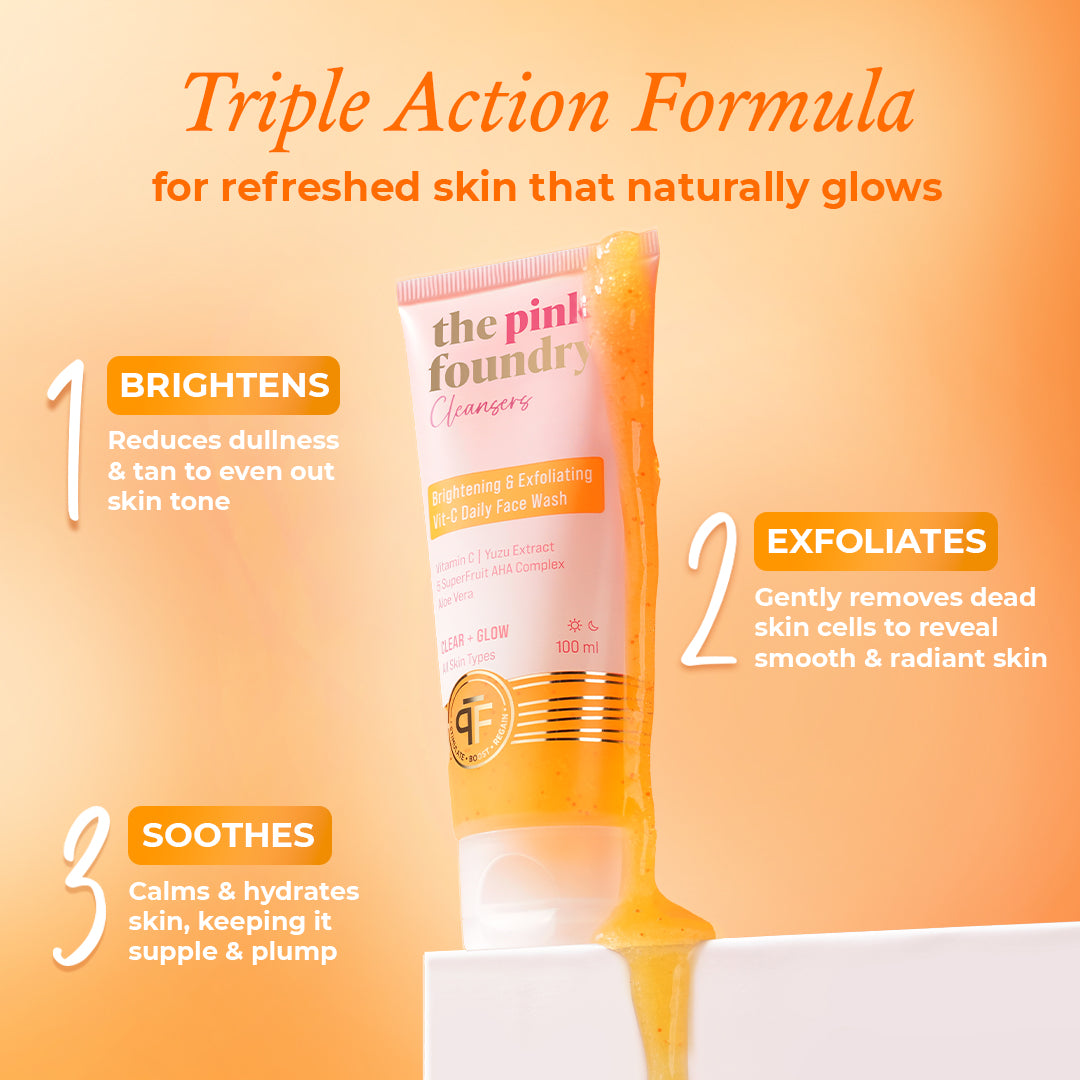
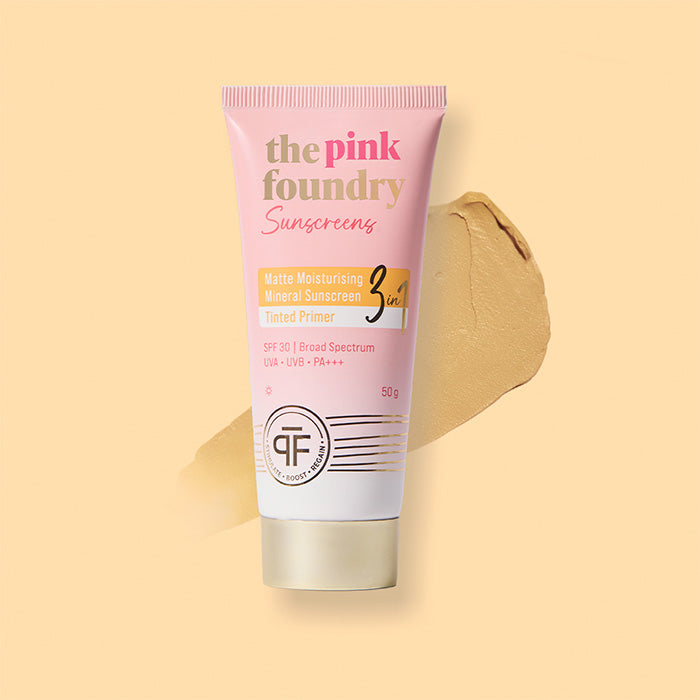
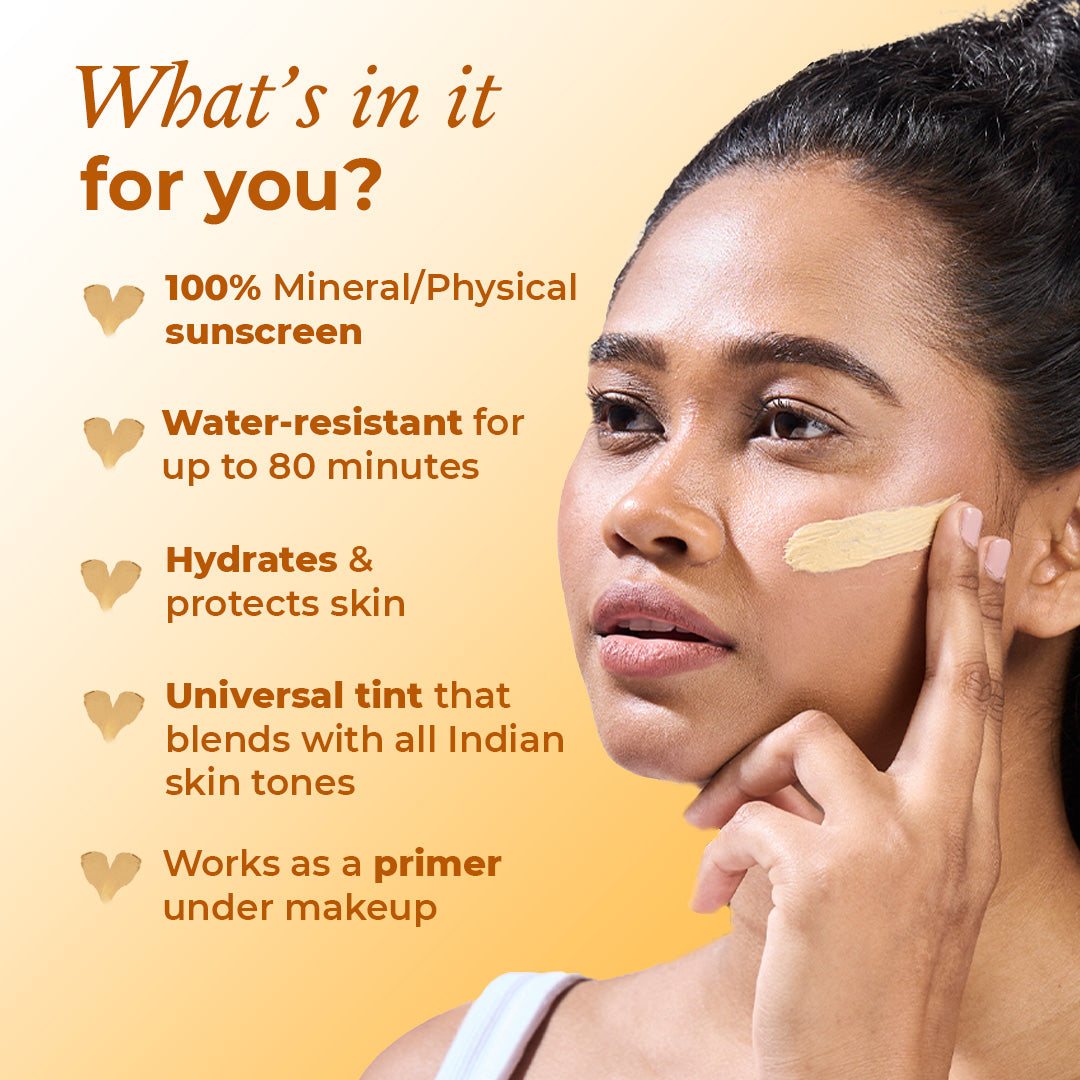
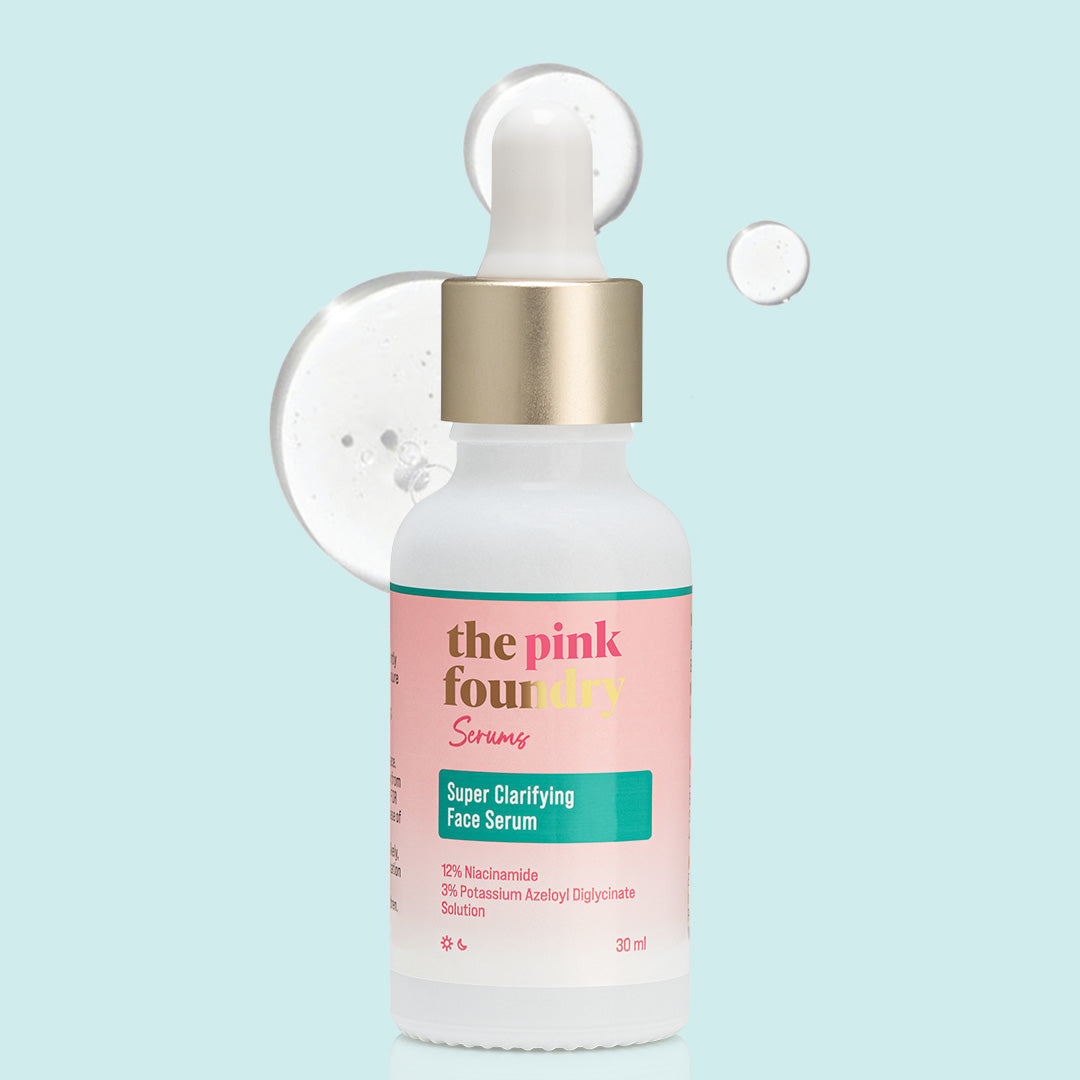
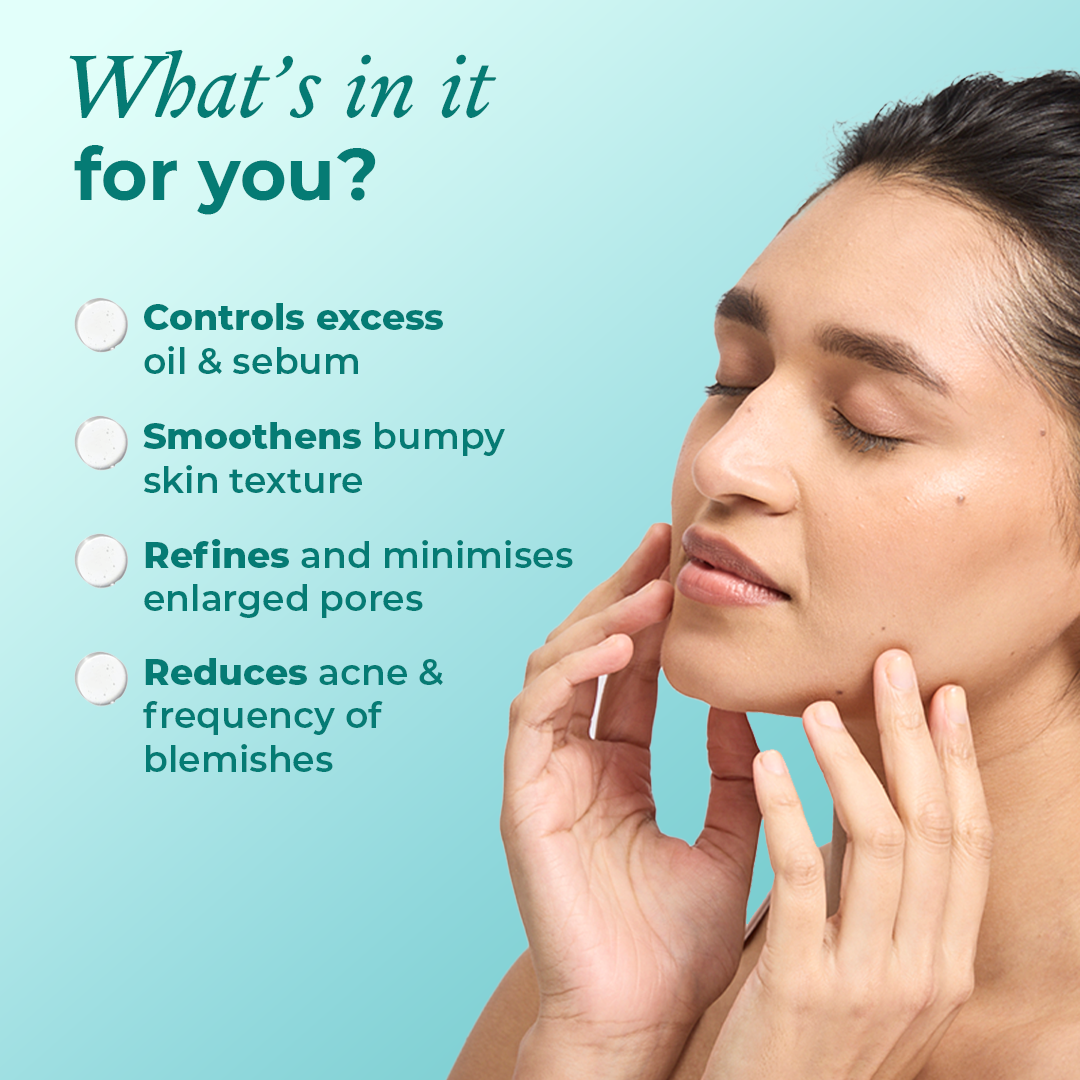

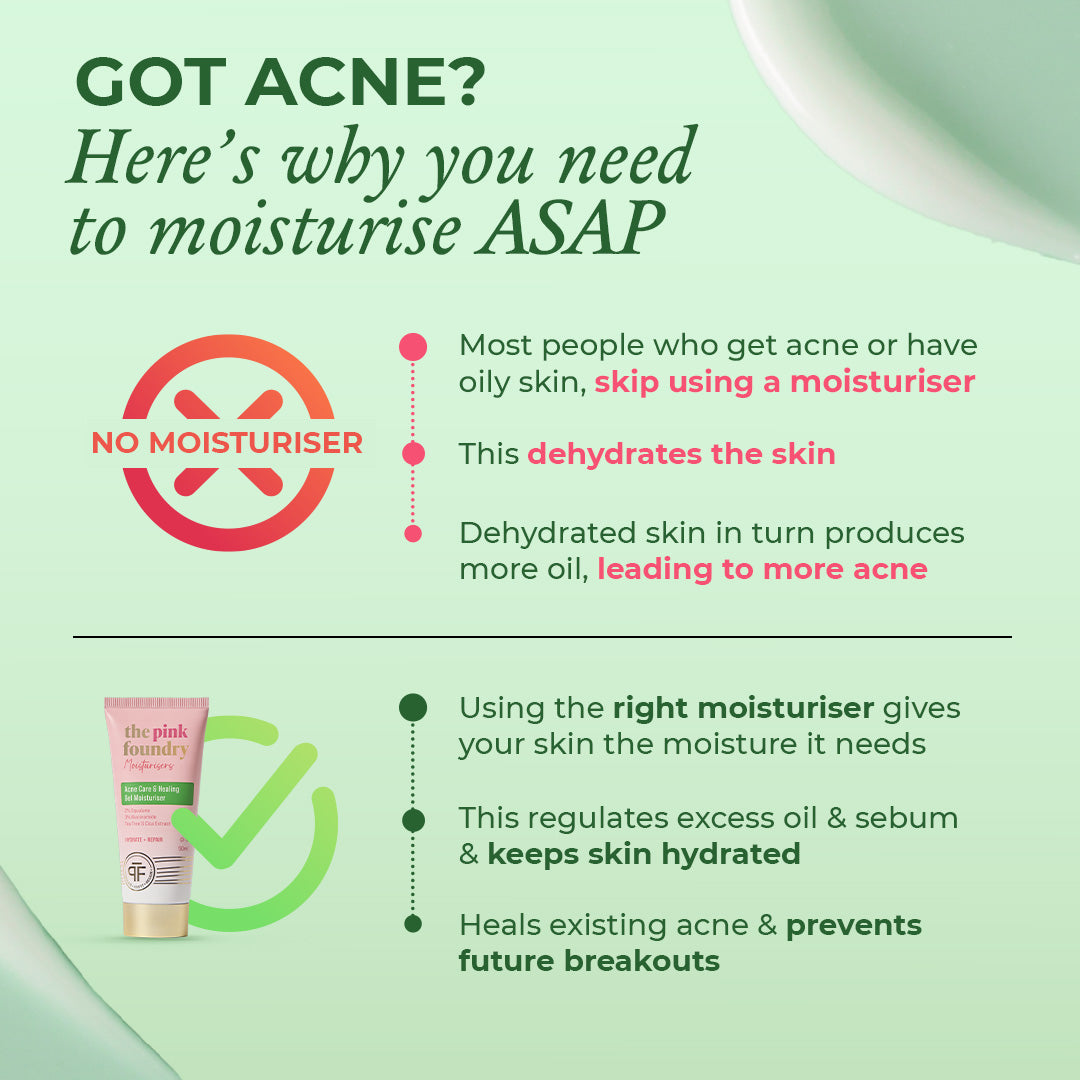
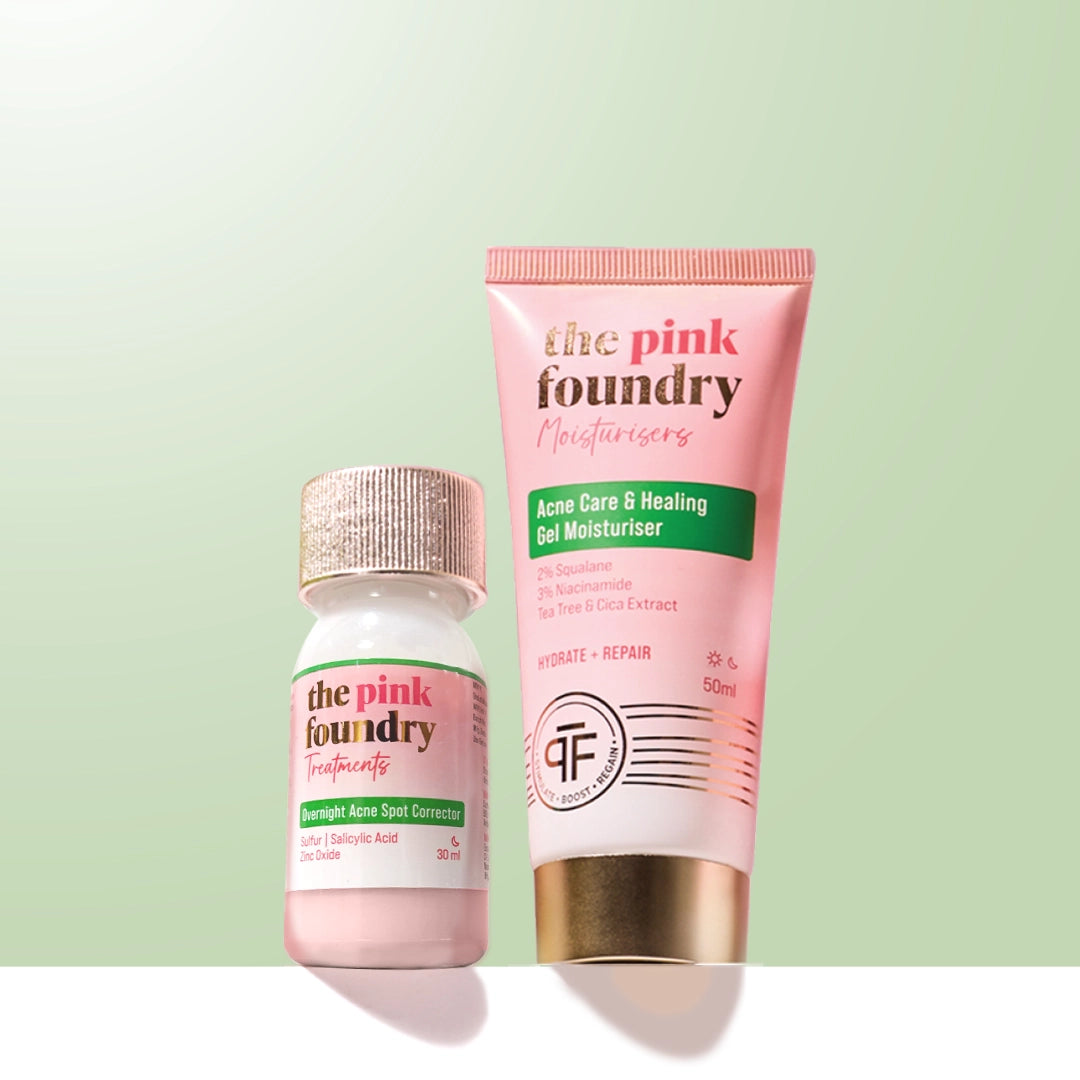
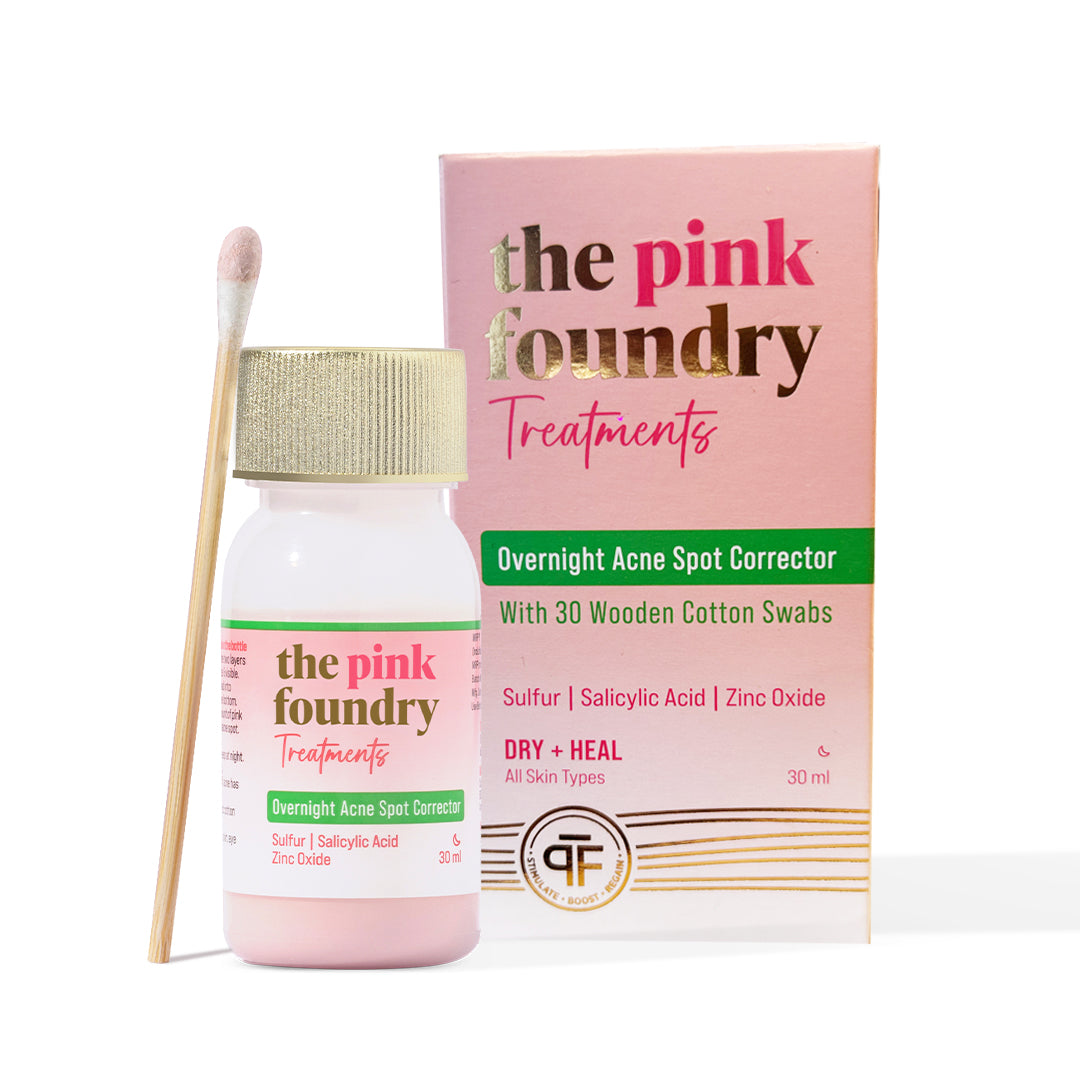
Leave a comment
This site is protected by hCaptcha and the hCaptcha Privacy Policy and Terms of Service apply.